
Can Russia and Japan resolve the Kurils territorial dispute?
Vladimir Putin and Shinzo Abe embark on a summit meeting today over an issue that has prevented their countries from formally ending second world war hostilities
In his book Romance with the President Vyacheslav Kostikov, the press secretary of President Boris Yeltsin in the 1990s, reminisces that in 1992, “on the eve of his [ultimately cancelled] visit to Japan, the president was so focused on the Japan trip that he seemed unable to talk about anything else”.
“They say you also have a plan on how to deal with the Kuril islands,” he remembers Yeltsin telling him.
“Everyone who comes to my office has a plan...So, what do you have?’ I started to talk about the idea of the lease of political sovereignty over the islands for the period of 50 to 99 years…Russia’s economic rights on the leased territories would be stipulated. Russia would preserve legal sovereignty over them…‘Well, the president sighed. Today you hear all kinds of ideas, don’t you? I attach the number nine to your variant’.”
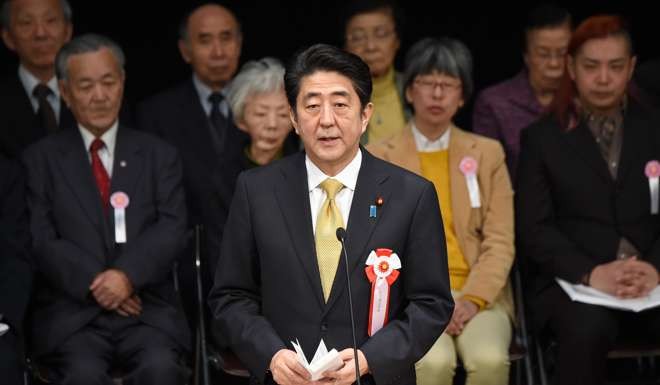
As Vladimir Putin and Shinzo Abe embark on a summit meeting today, is a No 10 on the cards?
Russia and Japan signed their first treaty defining their border in 1855. Japan got the four South Kuril Islands (it calls them Northern Territories) it is now claiming – Iturup, Kunashir, Shikotan, and the Habomai islets group. Russia got the rest of the Kurils. The territorial status of the Sakhalin Island was left undetermined.
Russia to raise military presence on disputed Kuril islands
In 1875, under a new treaty, all the Kurils became Japanese while Russia received Sakhalin.
In 1905, after the Russo-Japanese war, the southern part of Sakhalin was transferred to Japan as reparation.
In 1945, after the Soviet Union entered the war against Japan, it put all the Kurils, including the four islands and the whole of Sakhalin, under its administrative control. As the status of the four islands remains unresolved, Tokyo and Moscow cannot conclude a peace treaty to formally end their second world war hostilities.
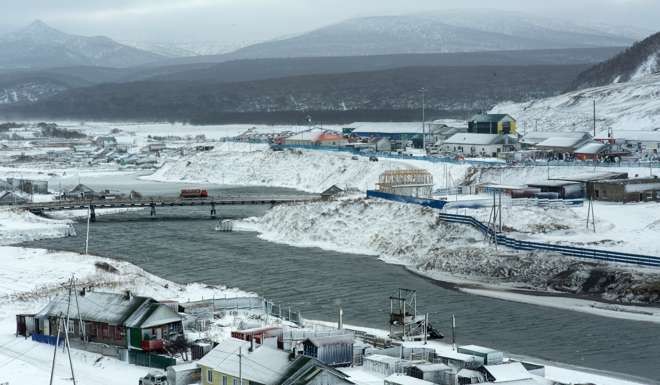
However, in 1956 a Joint Soviet-Japanese Declaration was signed saying that upon the conclusion of the peace treaty the USSR would transfer Habomai and Shikotan to Japan. Iturup and Kunashir were not mentioned.
Though the declaration was ratified by both parliaments, things did not go as planned. Japan claimed all the four islands as a condition for signing the treaty while the Soviet side proclaimed the declaration null and void in the early 1960s, citing the US-Japan security treaty.
Japan protests Russian PM Dmitry Medvedev’s visit to disputed Kuril islands
During his visit to Japan in 1991, Mikhail Gorbachev recognised the existence of the territorial issue and pledged to work with Japan to find solutions. His Japanese counterparts expected more resolute steps.
In the 1990s, Boris Yeltsin, the first president of the newly independent Russia, was actively searching for a breakthrough. When he finally made his official visit to Tokyo in 1993, the Tokyo Declaration was signed, stating that all the bilateral agreements reached by the Soviet Union and Japan remained valid – effectively bringing the 1956 accord back to life.
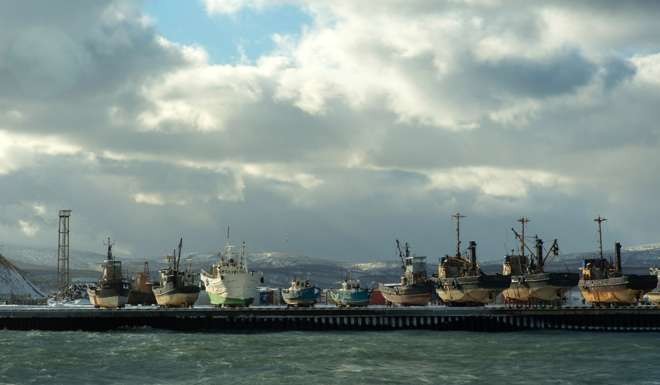
On a different note, it said the territorial status of all the four islands had to be determined as a prerequisite for a peace treaty.
Attempts were made to boost Russo-Japanese relations through close personal ties between Yeltsin and then Prime-Minister R. Hashimoto. A series of their informal head-to-heads produced an ambitious cooperation plan covering economy, culture, education, and other areas.
Abe to discuss disputed Kuril islands with Putin
In this new context, the two leaders exchanged proposals on the territorial issue. While Yeltsin sought to leave its resolution to the next generation of politicians, Hashimoto suggested changing the wording from “territorial dispute” to “defining the borderline”. An agreement continued to elude.
In the early 2000s, President Vladimir Putin proposed to resolve the issue once and for all on the basis of the 1956 Joint Declaration (the return of the two islands upon the signing of the peace treaty). The Japanese side did not show much enthusiasm.
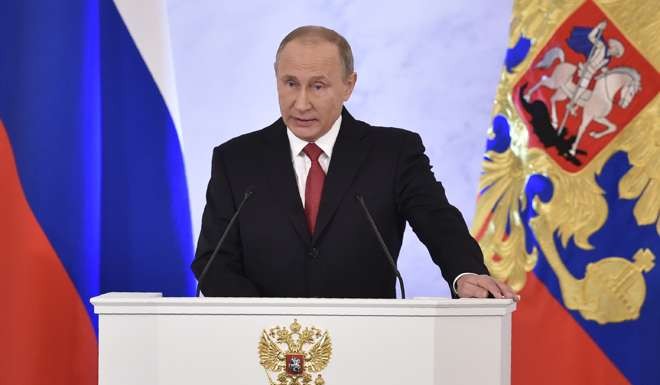
Is there a chance Putin and Prime-Minister Abe can make a breakthrough during their meeting today and tomorrow in Japan? Highly unlikely when it comes to the core issue of the disputed islands.
In spite of all the pledges and efforts to set the stage for solving the problem – especially by boosting economic and other cooperation with Moscow (never before has the Japanese government been so proactive in this regard) – Japan’s position on the core issue remains unchanged: recognition of its ownership of all the four islands as a prerequisite for signing the peace treaty, though it pledges to be flexible on the timing and the condition of their return.
On its part, by re-endorsing the 1956 Joint Declaration, Russia has taken a step towards a compromise, but it will hardly be willing to compromise further. It is easy to present the return of just two islands as a reasonable and balanced solution. There will be no problems with Russian public opinion as this option has a solid legal basis (such problems may emerge with returning all four islands).
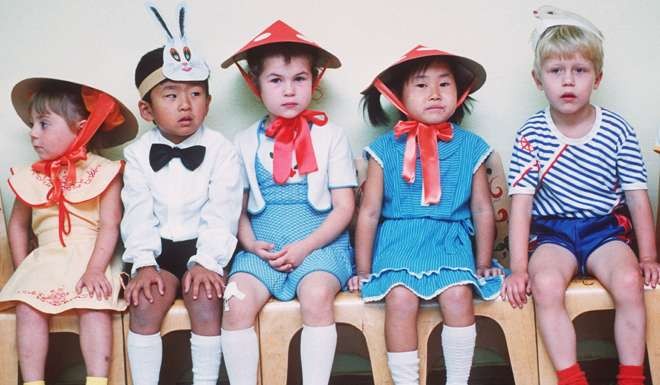
The lack of progress on the territorial issue can be easily blamed on the Japanese side’s reluctance to accept the “two islands” formula: after all, the declaration is a legally binding document ratified by both parliaments.
Finally, as the president has mentioned, if the two sides stick to the conditions of the Joint Declaration, they will have to clarify many things it doesn’t clarify, including the issue of the sovereignty over the two islands to be transferred. Obviously, it will require a lot of time and eventually would have to be left to the next generation of politicians – the scenario Russia prefers. Contrary to Japan, Russia is most comfortable with just preserving the status-quo.
Japan seeks consensus to resolve dispute with Russia over Kurils
For Japan, the Kurils issue is more a matter of principle and national pride than a geopolitical challenge. By seeking to get Russia’s recognition of its ownership rights with no demands regarding the time of the transfer, Tokyo makes it clear that it doesn’t care so much about hypothetical geopolitical or geo-economic advantages.
On the contrary, for Russia, the islands, especially Iturup and Kunashir, are important to maintain geopolitical and military clout in Northeast Asia in general and in the Okhotsk Sea area in particular, especially given its growing global rivalry with the United States. Also, Moscow will never accept any other country’s military facilities on any of the Kuril Islands.

Yet, the main aspect of today’s geopolitics of the Kurils is vastly different from the past. Both Japan and Russia need a closer bilateral relationship than the one they currently have.
Japan needs it to counterbalance the rapidly growing political and military might of China as well as to handle the North Korean threat. In other words, from Tokyo’s perspective, good relations with Moscow are important not only to solve the dispute but also to maintain peace and stability in Northeast Asia and maybe in East Asia as a whole. That is why, having unveiled a proactive policy towards Russia, Prime Minister Abe went to talk to Putin to Sochi in May despite objections from Washington, and then to Vladivostok in September, and is now proposing to expand Russo-Japanese economic ties irrespective of the Western sanctions against Moscow imposed in the wake of the Ukraine crisis.
Beijing quiet on venture in disputed Kurils
For Russia, at a time when it is locked in a standoff with the West, the opportunity of maintaining top-level dialogue with Tokyo is crucially important, not to mention the need for more Japanese investment and technologies to revitalise its dwindling economy and develop its Far Eastern region.
To build a closer relationship, the two nations have to talk territories and to make progress towards a genuine resolution of the issue, or at least to pretend that they are making such progress. Thus this summit meeting is likely to be full of constructive statements about the importance of bilateral ties and, who knows, maybe about the start of a new era of Russo-Japanese relations. Even if there is no breakthrough in the Kurils dispute per se, the process may be more important than the outcome. ■
Ivan Tselichtchev is associate professor at the Tokyo Business School and co-author of China Versus the West: The Global Power Shift of the 21st Century

